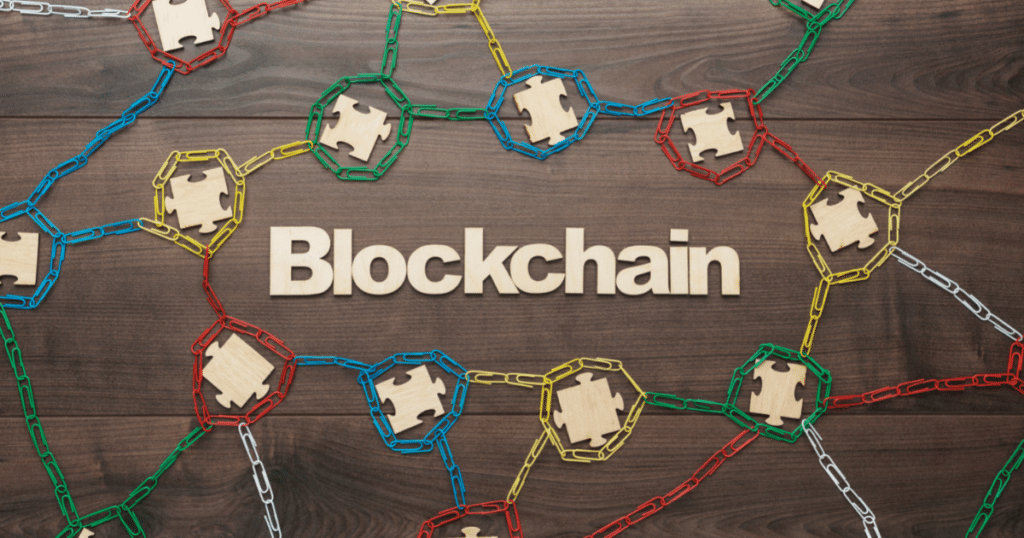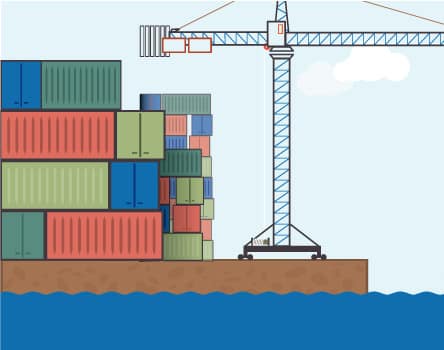One month ago, Kickstarter announced that it would be moving to the blockchain. The news was met with confusion, anger, and curiosity.
But what the news wasn’t met with was a clear explanation of why Kickstarter has taken an interest in blockchain technology. The announcement post itself didn’t go into much detail.
In this post, we explain Kickstarter’s decision as clearly and impartially as we can so that you can understand the reasons for the change and determine how it will affect your business.
(If you haven’t read the announcement, check it out by clicking here.)
A Quick Primer on Blockchain
Of course, it’s impossible to discuss the announcement without first talking about blockchain technology. Without getting too much into techy details, blockchain makes it possible to have secure, anonymous, consistent, unchangeable, time-stamped records not just on one computer but many computers in a network simultaneously. This is a big innovation.
Of course, blockchain talk these days is mostly overshadowed by cryptocurrency such as Bitcoin and Ethereum. Bitcoin, for example, is a financial instrument that can be traded between users and used to purchase items. Unlike government-issued currencies such as the US Dollar, UK Pound Sterling, and others, Bitcoin maintains its value in the unchangeable digital ledger provided by its blockchain infrastructure.
Contrary to popular belief, cryptocurrencies are not the only existing application of blockchain technology. Blockchain can be used for insurance, securing personal information, voting, logistics and supply chain tracking, and data storage. We’re just all collectively figuring out how to do that at scale, Kickstarter included.
Kickstarter’s Announcement
On December 8, 2021, Kickstarter announced on its blog that it will be moving Kickstarter to a public blockchain. The blockchain will be set up by a separate company funded by Kickstarter, and the goal is for Kickstarter to move its crowdfunding system to the new blockchain protocol sometime in 2022.
Kickstarter emphasizes that users – which we presume to mean both creators and backers – “won’t ‘see’ the protocol, but [will benefit] from its improvements.” Still, many Kickstarter readers are curious about the nature of these changes. They were, after all, worth announcing to the public, meaning they’re nothing like routine back-office technical updates.
The PR Backlash
As mentioned above, Kickstarter’s announcement was not met with a positive reception. The primary response was confusion – backers and creators didn’t seem to understand Kickstarter’s motives for moving to the blockchain. Even blockchain-savvy users weren’t sure what Kickstarter was trying to do.
Other users expressed concern about Kickstarter’s decision to use blockchain technology because of environmental issues. Blockchain is notorious for its energy-intensive computing demands, which are a considerable contributor to carbon emissions and, thus, climate change.
To Kickstarter’s credit, the blockchain protocol will be built using Celo, a carbon-negative blockchain platform. However, many Kickstarter users have countered by expressing the view that “net-zero”, “carbon-neutral”, and even “carbon-negative” initiatives have come under fire lately for being insufficient steps to rein in global warming.
Kickstarter’s Reason for Switching to Blockchain
Given that blockchain is a relatively new technology still being proven and given that its user base has taken the news negatively, it makes sense to wonder why Kickstarter is choosing to switch its system to blockchain.
In Kickstarter’s initial announcement, the company stated that it’s “announcing [its] commitment to a more open, collaborative, and decentralized future.” The key word being “decentralized,” a word which was linked to a Medium article on the subject.
Kickstarter’s stated reasons: Using blockchain to achieve “decentralization”
The linked article that Kickstarter cited – “Why Decentralization Matters” – is a philosophical one, and it starts by recapping the history of the internet.
Decentralization and its related concept, Web3, are complex enough to warrant their own post. But for now, all you need to know is that decentralization, as it is described in this article linked by Kickstarter, is a way for developers, businesses, and media organizations to take power back, regaining control over their audiences and profits.
These big ideas are, after all, pretty compatible with Kickstarter’s overall mission. But whether decentralization is a solution to the problems of false news, corporate influence, and privacy problems is open to debate. Whether blockchain is the technology to make decentralization happen is also up for debate.
What is not up for debate is that Kickstarter, as a corporation, has espoused a belief that decentralization is the future. Therefore, the company is taking the natural next step of positioning itself for the decentralized future.
Another possibility: Using blockchain to stay relevant
That said, the stated reason may not capture the full picture. To take a quote from Bloomberg:
“There were also a bunch of projects that burned through their cash and never delivered. Crowdfunding has largely faded from the public consciousness in recent years, and Kickstarter signaled to its venture capitalists that it wasn’t the sort of hyper-growth startup they thought it was…The embrace of crypto could help Kickstarter regain some relevance.”
– Kickstarter Will Move Its Crowdfunding Platform to Blockchain, Bloomberg
In other words, working with fresh technology is always a good look.
Given the relative terseness of Kickstarter’s announcement, each individual news reader must decide for themselves which reason is more prominent. Is Kickstarter throwing a Hail Mary pass to regain relevance in the public eye? Or is Kickstarter investing heavily in its infrastructure to stake out its territory as an innovator well into the 2020s and beyond?
How This Will Affect You
In the short run, this news probably will not affect you as a backer or a creator. Public relations backlash tends to go away relatively quickly, and Kickstarter as it stands today at the beginning of 2022 has a lot going for it. The community is huge and it is continuing to help creators raise tons of money. It is, after all, harder than you might think to execute a successful boycott.
If this is a big strategic error on Kickstarter’s part, the collapse of the platform will be slow. And if it does come to that, its competitors like Indiegogo and Gamefound would likely take up the mantle of crowdfunding kings by, say, 2025. Your business would have suitable alternatives to turn to for crowdfunding if it came down to it.
If, on the other hand, this move is genius and way ahead of its time, we won’t know for years. If decentralization is the future, will be built on blockchain, and Kickstarter does a good job of implementing its system, it will, again, probably be 2025 before we realize it.
So what can you do about this right now? The same things you would be advised to do today:
- Build an audience independent of Kickstarter, even if you use the platform.
- Test your products to make sure you have a good product-market fit. This will make it easier to pitch them, regardless of which channel you use.
- If you’re looking to raise money soon, confirm that your audience is still interested in Kickstarter.
Beyond that, the best approach is likely “wait and see what happens next.”
And if that proves burdensome, keep an eye on our blog. We’re constantly paying attention to how Kickstarter is evolving and we will share updates as we have them.





